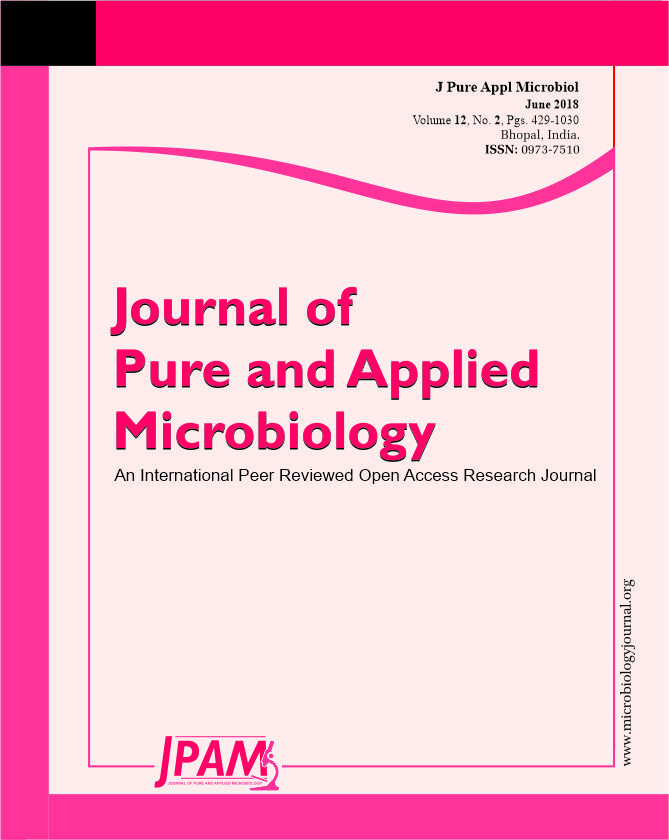Among group of bacteria screened for exopolymer production, Bacillus species DAS10-1 producing exopolysaccharide was detected. The bacterial strain was isolated from indoor air of Dammam slaughterhouse, in KSA and identified based on 16S rRNA gene sequencing. Phylogenetic analysis revealed its closeness to Bacillus mojavensis. In comparison with static culture, shake culture recorded 27.9-fold increase. FT-IR Spectroscopy showed sharp bands at 3415.6, 2942.1, 1646.5, 1183.1 and 1111.8 cm-1 that are typical for carbohydrate. Furthermore, strong absorbance in 1200-950 cm”1 indicated polysaccharide nature of the polymer. Result of GPC indicated that weight average (Mw), number average (Mn) and size average molecular weight (Mz) for EPS polymer were 1151Da, 987Da and 1302Da, respectively. Maximum EPS yield (5.62 mg/mg) was reported during growth on M3 medium supplemented with C:N ratio of 4:1 for sucrose and ammonium sulfate, respectively. Supplementation of medium with trace element solution-I resulted in remarkable decrease in EPS yield (1.62 mg/mg). Maximum EPS production (63.02 mg/mg) was recorded during growth on synthetic medium M3 in presence of 20 g/L sucrose. Successful use of the agro-industrial carbon source date syrup or DEPS rather than sucrose might significantly lower process economy and increase promises for production of EPS on industrial scale.
Exopolysaccharide; Bacillus mojavensis; FT-IR Spectroscopy; GPC Molecular Weight; EPS Production
© The Author(s) 2018. Open Access. This article is distributed under the terms of the Creative Commons Attribution 4.0 International License which permits unrestricted use, sharing, distribution, and reproduction in any medium, provided you give appropriate credit to the original author(s) and the source, provide a link to the Creative Commons license, and indicate if changes were made.


